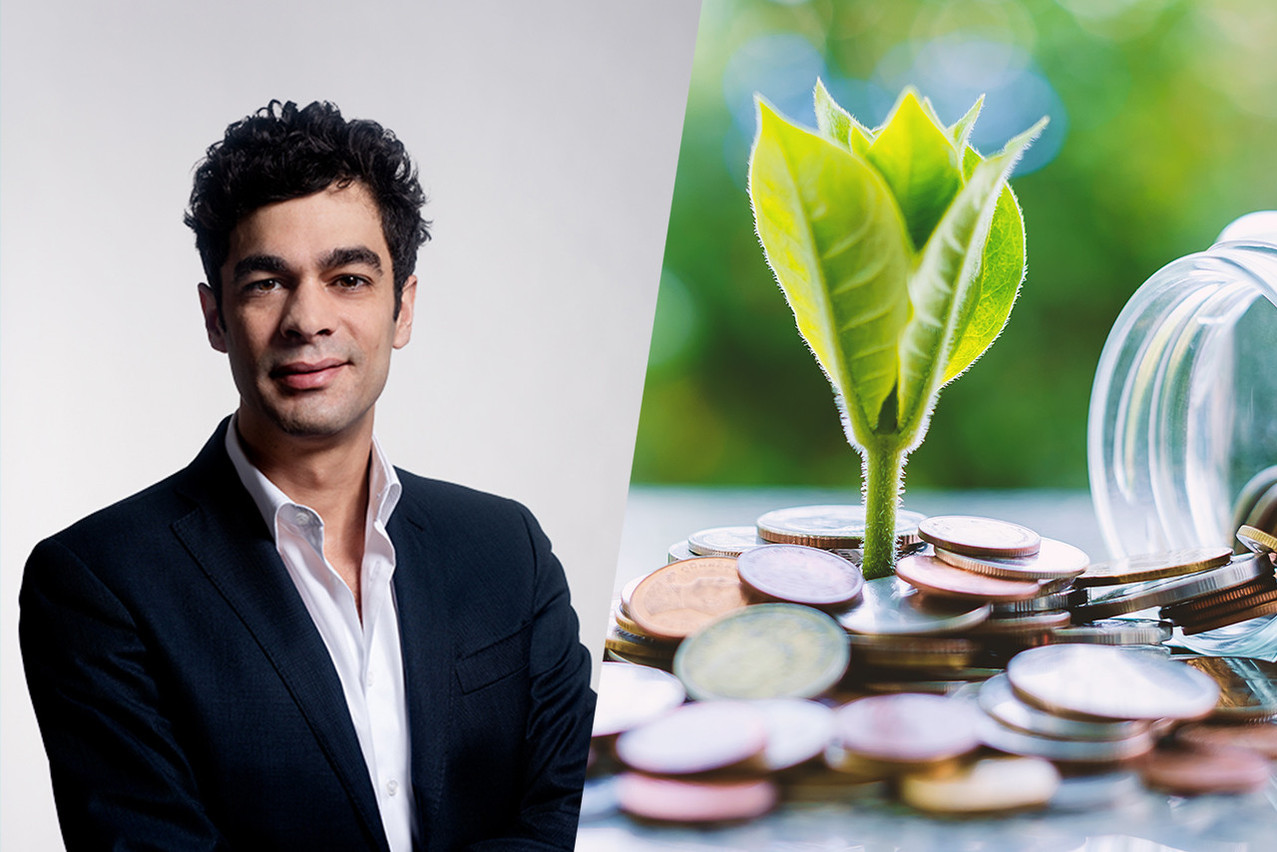Due to rapidly changing regulation, integrating ESG factors into investments can be challenging. But they can also present opportunities, says a published on 9 June that focuses on how alternative funds include ESG considerations.
“ESG integration is still in its infancy within liquid alternative strategies. We count only a small but growing number of funds with sustainability goals. However, with regulatory advancements continuing to evolve, and increased interest from investors, varying degrees of ESG integration are becoming more and more common. Alternative ESG funds remain largely a European phenomenon,” said Francesco Paganelli, senior manager research analyst at Morningstar and report author.
3% of AUM in alternatives are sustainable
Under the EU’s Sustainable Finance Disclosure Regulation (SFDR), article 8 funds--or light green funds--are meant to promote environmental or social characteristics, while article 9 funds--dark green funds--have a sustainable investment objective. As of the report’s publication, only 156 European-domiciled alternative open-end funds and exchange-traded funds (ETF) were classified by their managers as article 8, said Morningstar.
Only three alternative funds were classified as article 9: Artico Sicav-Artico Sustainable Defensive Global Flagship, ThomasLloyd Sicav-Energy Impact Credit Fund and Trium Climate Impact Fund. Taken together, their total fund size was €157m. The small number of funds illustrates how “challenging it is to design an alternative investment product with a formal sustainable-investment objective and 100% sustainable investments,” said the report.
Read also
Using their ‘sustainable investment-overall’ datapoint (which differs from the EU’s SFDR definition), Morningstar identified 31 funds--which tend to be small and young--that use ESG factors as a central part of their strategy. This ‘sustainable investment-overall’ tag consists of funds that claim to focus on sustainability, impact or ESG factors, and is based on intentionality rather than holdings.
The majority of these 31 funds have less than €100m of assets under management (AUM), noted the report. In total, they represent only 3% AUM of the alternatives group. “By comparison,” said the report, “sustainable strategies account for about 20% of European open-ended fund and ETF assets within equity, allocation, and fixed income.”
Six of top 10 European alternative funds domiciled in Luxembourg
Looking at the top 10 European alternative sustainable funds by assets in Morningstar’s database, six of them are domiciled in the grand duchy, noted the report.
Ways to integrate ESG into investment process
Morningstar’s report identified six ways to incorporate ESG. These include:
-applying exclusions to certain products, services, industries or corporate actions
-limiting ESG risk
-seeking out ESG opportunities and investing in services, companies and industries that are in a place to thrive in a more-sustainable economy
-practicing active ownership and advocating for changes
-targeting sustainability themes and investing in funds or firms that stand to benefit
-assessing impact.
Five key areas to consider
The Morningstar report concluded with five major challenges that are specific to liquid alternative strategies and integrating ESG or sustainability goals: short-selling, implementation, reporting, constraints related to sustainable goals, and inconsistencies between alternative funds’ short holding periods and long-term sustainability goals.
Find the full “Can Alternatives Go Green? How alternative managers integrate ESG criteria” Morningstar report .
